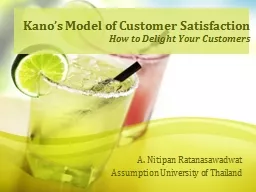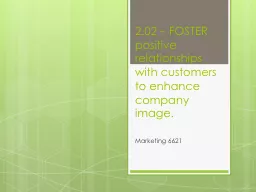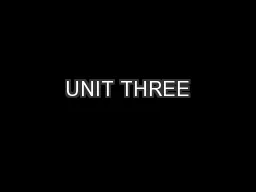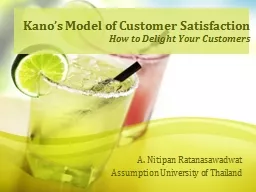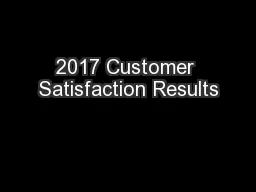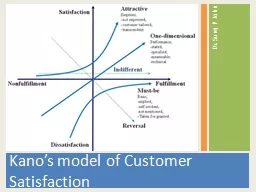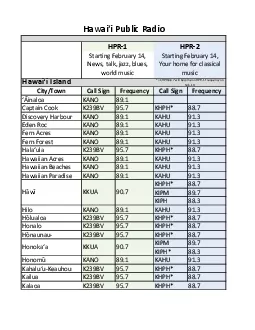PPT-Kano’s Model of Customer Satisfaction
Author : sherrill-nordquist | Published Date : 2018-06-20
How to Delight Your Customers A Nitipan Ratanasawadwat Assumption University of Thailand Origins of the Kano Model Noriaki Kano Professor at Tokyo Rika University
Presentation Embed Code
Download Presentation
Download Presentation The PPT/PDF document "Kano’s Model of Customer Satisfaction" is the property of its rightful owner. Permission is granted to download and print the materials on this website for personal, non-commercial use only, and to display it on your personal computer provided you do not modify the materials and that you retain all copyright notices contained in the materials. By downloading content from our website, you accept the terms of this agreement.
Kano’s Model of Customer Satisfaction: Transcript
Download Rules Of Document
"Kano’s Model of Customer Satisfaction"The content belongs to its owner. You may download and print it for personal use, without modification, and keep all copyright notices. By downloading, you agree to these terms.
Related Documents

